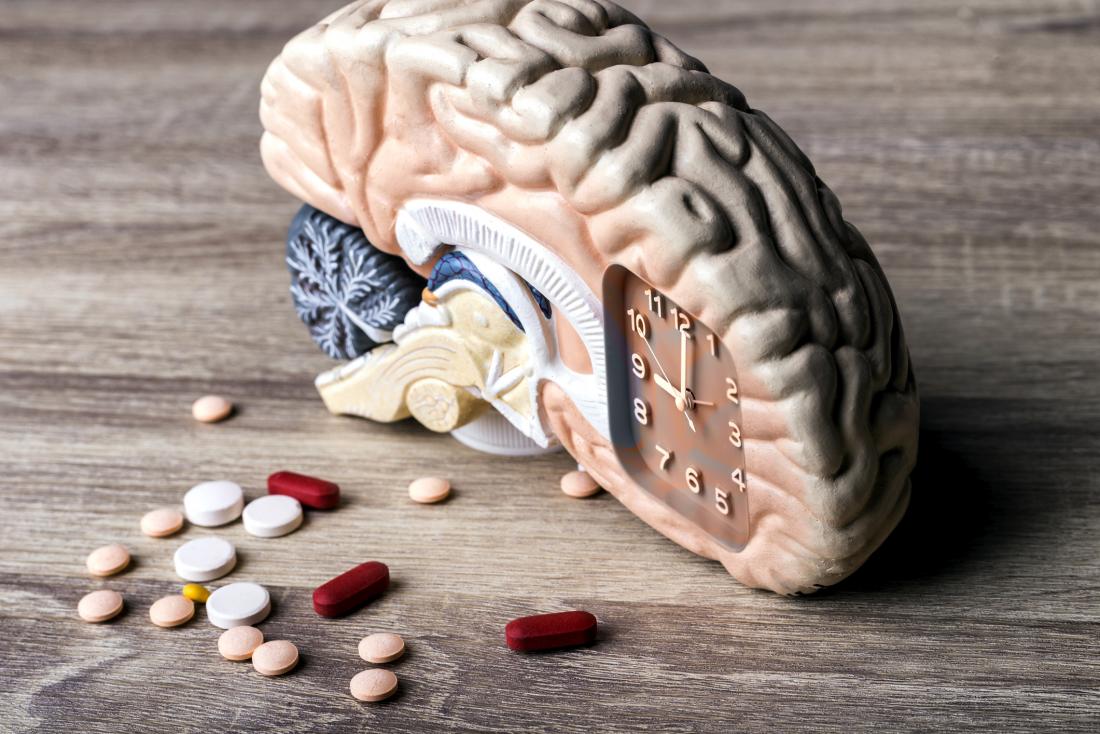A stroke, also known as a brain attack, occurs when the blood flow to a part of the brain is interrupted. This can be caused by a blockage or the rupture of a blood vessel, leading to the death of brain cells. Strokes are a medical emergency and require immediate attention. Recognizing the symptoms of a stroke and acting fast can make a significant difference in a person’s recovery. In this article, we will discuss the common symptoms of a stroke and what actions to take when they occur.
The Importance of Recognizing Stroke Symptoms
Strokes are a leading cause of death and disability worldwide. According to the World Health Organization (WHO), over 15 million people suffer from a stroke each year, with more than five million dying from it. Those who survive a stroke may face permanent disability, affecting their ability to move, communicate, and carry out daily activities. However, many of the long-term effects of a stroke can be prevented or minimized by acting quickly to get medical attention.
Common Symptoms of a Stroke
Brain stroke symptoms can vary depending on the part of the brain affected and the severity of the damage. However, the following are some of the most common symptoms:
- Sudden numbness or weakness on one side of the face, arm, or leg
- Confusion or difficulty speaking or understanding others
- Sudden trouble seeing in one or both eyes
- Sudden trouble walking, dizziness, loss of balance or coordination
- Sudden severe headache with no known cause
These symptoms usually appear suddenly and can be severe. However, in some cases, they may be mild and go unnoticed or mistaken for other health conditions. It is essential to pay attention to any changes in your body and seek medical attention if you experience any of these symptoms.
Types of Stroke
There are two main types of stroke: ischemic and hemorrhagic.
Ischemic stroke occurs when a blood clot blocks a blood vessel in the brain, cutting off the blood flow to that part of the brain. This is the most common type of stroke, accounting for around 80% of all cases. The symptoms of an ischemic stroke can develop rapidly, often within minutes.
Hemorrhagic stroke occurs when a blood vessel in the brain ruptures, causing bleeding in the brain. This type of stroke is less common but can be more severe than an ischemic stroke. The symptoms of a hemorrhagic stroke can also develop quickly, often within seconds.
Acting Fast to Get Medical Attention
If you or someone you know experiences any of the symptoms of a stroke, it is crucial to act fast and get medical attention immediately. The longer the brain goes without oxygen and nutrients, the more severe the damage can be.
If you are experiencing any of the symptoms of a stroke, call emergency services right away. In the United States, the emergency services number is 911. In other countries, check your local emergency number.
If you suspect someone else is having a stroke, remember the acronym FAST:
F – Face drooping. Ask the person to smile. Does one side of the face droop? A-Arm weakness. Ask the person to raise both arms. Does one arm drift downward? S – Speech difficulty. Ask the person to repeat a simple phrase. Is their speech slurred or strange? T – Time to call emergency services. If you observe any of these signs, call for emergency services immediately.
The faster you get medical attention, the more likely the person will receive treatment in time to prevent or minimize brain damage.
Read More Health Blogs Here:




